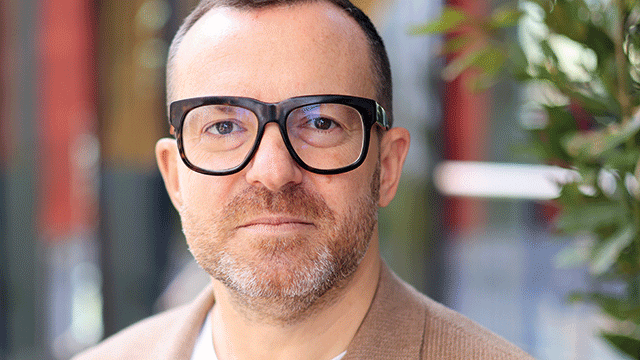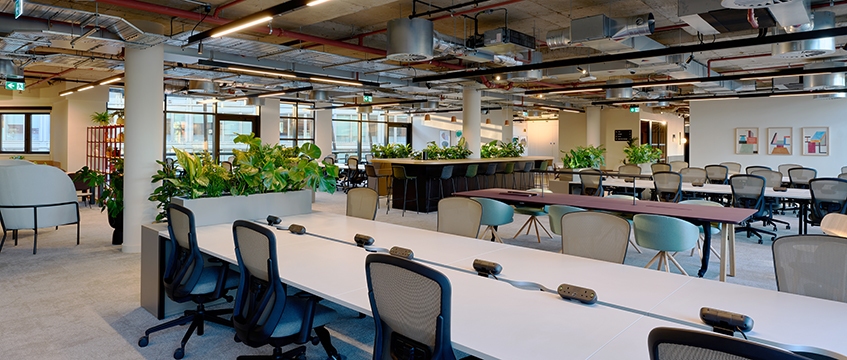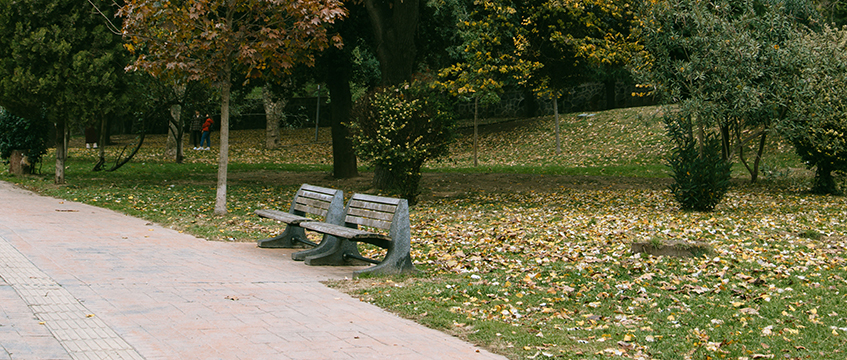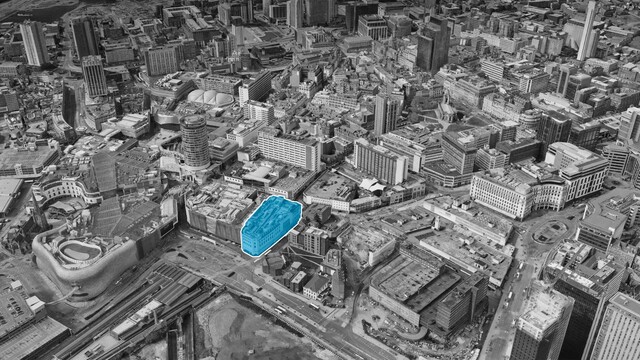Fear, not apathy, revealed as main reason residents don’t use outdoor spaces
Safety concerns are clashing with a growing interest in the productive uses of outdoor space, according to data pooled from 43 online surveys conducted by social and affordable housing providers.
The surveys were conducted in 2020 and 2021 for 11 landlord clients, mostly in London, using the Give my View platform developed by proptech company Built-ID. The platform enables clients to create bespoke online polls and heatmaps and push these out to residents via social media.
The 43 surveys attracted 11,552 respondents, who made 64,261 contributions. More than 5,000 qualitative answers were submitted.
Safety concerns are clashing with a growing interest in the productive uses of outdoor space, according to data pooled from 43 online surveys conducted by social and affordable housing providers.
The surveys were conducted in 2020 and 2021 for 11 landlord clients, mostly in London, using the Give my View platform developed by proptech company Built-ID. The platform enables clients to create bespoke online polls and heatmaps and push these out to residents via social media.
The 43 surveys attracted 11,552 respondents, who made 64,261 contributions. More than 5,000 qualitative answers were submitted.
Built-ID’s analysis of the survey responses found that only 5% of respondents used the open space on their estate and 53% did not use it due to safety concerns. On its usefulness, 82% responded negatively.
Top priorities for outdoor space were improved lighting and CCTV, while the biggest issue was antisocial behaviour.
Qualitative responses further highlighted how safety concerns affected views about plans for new parks dominated by open space. As one resident put it: “Just more areas for antisocial behaviour – just look at the park area on the estate at the minute, it’s a mess no one uses.”
Another said: “A park does sound nice, but we also know antisocial behaviour can be a bit of a problem here. I wouldn’t want it to get destroyed within a month or two.”
Others raised concerns about drug use in existing parks and asked whether there would be CCTV.
Residents want to feel safe
“All people are asking for is to feel safe in the places where they live,” said Built-ID founder and chief executive Savannah de Savary.
Unlike open grass, ideas such as adventure play, senior playgrounds, sports facilities and outdoor gyms were popular. One resident suggested: “More areas for children of all ages to spend time in will reduce antisocial behaviour. Teens often find parks boring so they need to be engaging for older children.”
They suggested a stage that residents or groups could book to hold events such as outdoor plays, comedy nights, talent and dance shows. “This could encourage more teens into groups/arts etc. It could also provide a base for teens into music to go and make music with others,” the resident said.
Responses about community activation found that 41% did not use their local community centre because there were not enough activities available that they would enjoy. However, there was overwhelming support (99%) in favour of local community groups delivering youth programmes.
“Tech is really just a conduit for residents to have a constructive relationship with landlords,” de Savary said. “It feels like there is so much more scope for landlords to connect and collaborate with residents using technology, which is not being tapped into.”
She suggested that many responses warranted further exploration. For example, when residents said they wanted more and better parking, this could be less to do with parking and more to do with safety concerns about walking to the Tube or bus stop.
High levels of engagement
The high levels of engagement in the surveys showed how tech could be used as a “way to empower people who have been seen in the past as apathetic”, she added.
“I think what the evidence really shows is not that people don’t care. That’s not it. It’s ‘what’s the point if no one is going to listen to me?’ With technology, you can reach people in a way that is easy, fun and intuitive. What you find out is that people want to be constructive,” de Savary said.
“Even when people are complaining about safety, they are constructive – they want more CCTV, they want equipment in the outdoor space so that they can use it more functionally, they want more youth activities.
“With technology you have an opportunity to enfranchise people. It wasn’t apathy that was stopping people having a productive relationship with their landlord. That’s the real ‘wow’ for me. It’s such a misconception.”
James Payne, regeneration director at East of England affordable housing provider Flagship Group, has been using the Built-ID platform for three years both around existing housing and to engage with communities ahead of new developments.
In one recent piece of work in Newmarket, Flagship invited residents to use a mapping tool to highlight areas where they had safety concerns and why. As a result, it is now working with residents on new lighting proposals around an area of garages. “We would be daft not to listen to residents, as they know the area best,” Payne said.
To send feedback, e-mail julia.cahill@eg.co.uk or tweet @EGJuliaC or @EGPropertyNews
For more on how tech is being used by landlords and developers to engage with residents, see this week’s Tech special in EG
Photo by Meruyert Gonullu/Pexels











